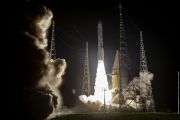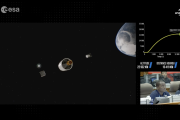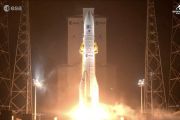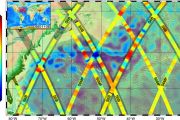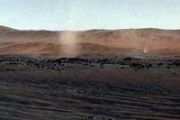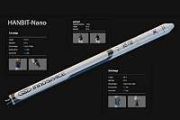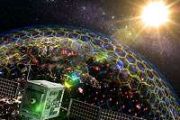
Copernical Team
Sidus Space's LizzieSat gears up for launch with successful test
 Sidus Space, Inc. (NASDAQ: SIDU) has announced the successful completion of a crucial phase in the development of its LizzieSat satellite. This milestone comes as the satellite prepares for its impending launch on SpaceX's renowned Transporter-10 mission.
The recent completion of environmental testing at NTS Orlando marks a significant achievement for Sidus Space. LizzieSat, the centerpiec
Sidus Space, Inc. (NASDAQ: SIDU) has announced the successful completion of a crucial phase in the development of its LizzieSat satellite. This milestone comes as the satellite prepares for its impending launch on SpaceX's renowned Transporter-10 mission.
The recent completion of environmental testing at NTS Orlando marks a significant achievement for Sidus Space. LizzieSat, the centerpiec NASA and Blue Origin partner to propel space technology in latest suborbital flight
 In a significant step towards advancing space technology, NASA, in partnership with commercial spaceflight company Blue Origin, successfully conducted a suborbital flight test on December 19, 2023. The mission, part of NASA's Flight Opportunities program, propelled 14 research payloads towards future space missions and commercial applications. This collaboration signifies a concerted effort to t
In a significant step towards advancing space technology, NASA, in partnership with commercial spaceflight company Blue Origin, successfully conducted a suborbital flight test on December 19, 2023. The mission, part of NASA's Flight Opportunities program, propelled 14 research payloads towards future space missions and commercial applications. This collaboration signifies a concerted effort to t NASA Enhances Aerospace Innovation with New SBIR Ignite Phase I Awards
 NASA has recently announced the second round of Phase I awards under its Small Business Innovation Research (SBIR) Ignite program. This initiative reflects NASA's commitment to fostering innovation and supporting American small businesses in advancing aerospace technologies.
A total of ten small businesses have been selected for these awards, each receiving up to $150,000. This funding is
NASA has recently announced the second round of Phase I awards under its Small Business Innovation Research (SBIR) Ignite program. This initiative reflects NASA's commitment to fostering innovation and supporting American small businesses in advancing aerospace technologies.
A total of ten small businesses have been selected for these awards, each receiving up to $150,000. This funding is Bayanat and Yahsat to Merge, Forming AI-Driven Space Technology Powerhouse, Space42
 Abu Dhabi's space technology landscape is set to witness a significant transformation with the proposed merger of Bayanat AI PLC ("Bayanat") and Al Yah Satellite Communications Company P.J.S.C. ("Yahsat"), two ADX-listed entities. Post-merger, the new entity will be known as Space42, marking a strategic move to create a formidable player in the AI-powered space technology sector, not just in the
Abu Dhabi's space technology landscape is set to witness a significant transformation with the proposed merger of Bayanat AI PLC ("Bayanat") and Al Yah Satellite Communications Company P.J.S.C. ("Yahsat"), two ADX-listed entities. Post-merger, the new entity will be known as Space42, marking a strategic move to create a formidable player in the AI-powered space technology sector, not just in the Innovative X-ray lobster-eye mission set to launch
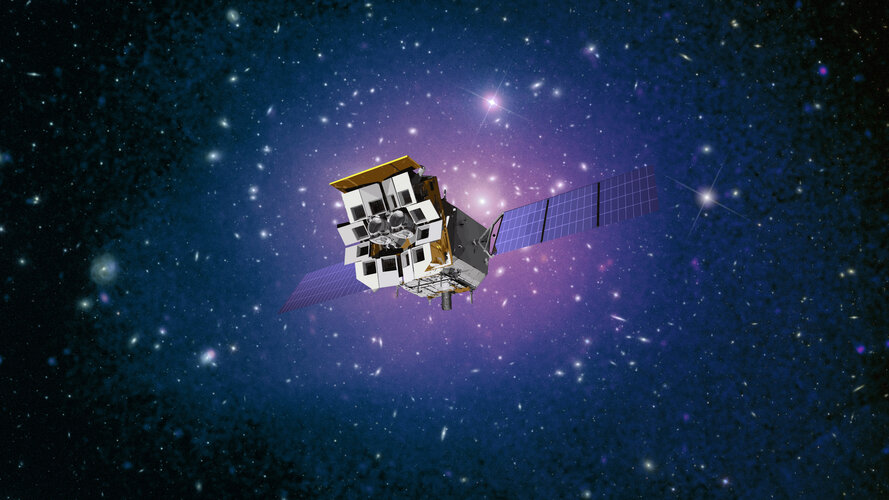
The Chinese Academy of Sciences (CAS) spacecraft Einstein Probe is ready to launch in January 2024. Equipped with a new generation of X-ray instruments with high sensitivity and a very wide view, this mission will survey the sky and hunt for powerful blasts of X-ray light coming from mysterious celestial objects such as neutron stars and black holes.
Einstein Probe is a collaboration led by CAS with the European Space Agency (ESA) and the Max Planck Institute for Extraterrestrial Physics (MPE), Germany.
Ariane 6 smoke during combined test loading 3
 Image:
Ariane 6 smoke during combined test loading 3
Image:
Ariane 6 smoke during combined test loading 3 Ariane 6 during combined test loading 3
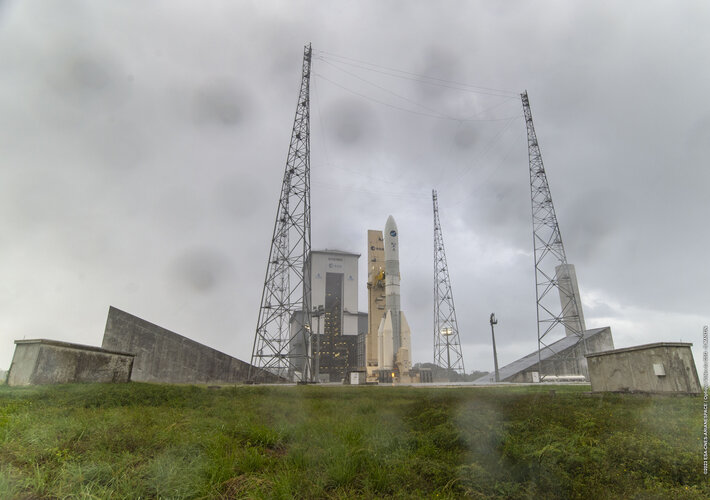 Image:
Ariane 6 during combined test loading 3
Image:
Ariane 6 during combined test loading 3 Ariane 6 main stage final test firing
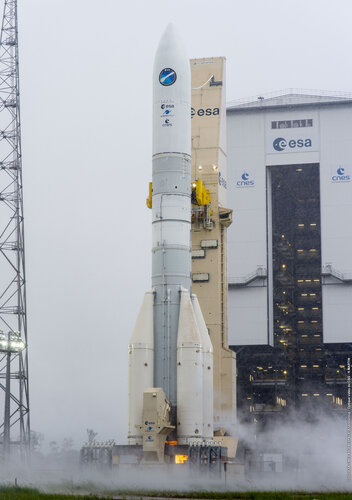 Image:
Ariane 6 main stage final test firing
Image:
Ariane 6 main stage final test firing Houston, you've got visitors

Last week, members of ESA’s astronaut class of 2022 embarked on their first overseas field trip. They visited NASA’s facilities at the Johnson Space Centre (JSC) in Houston, Texas, USA, to get familiar with the environment where they will spend a significant part of their training once assigned to a mission.

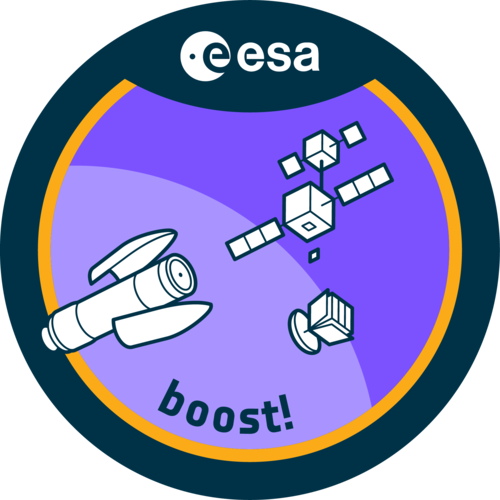 Image:
Boost! logo
Image:
Boost! logo 